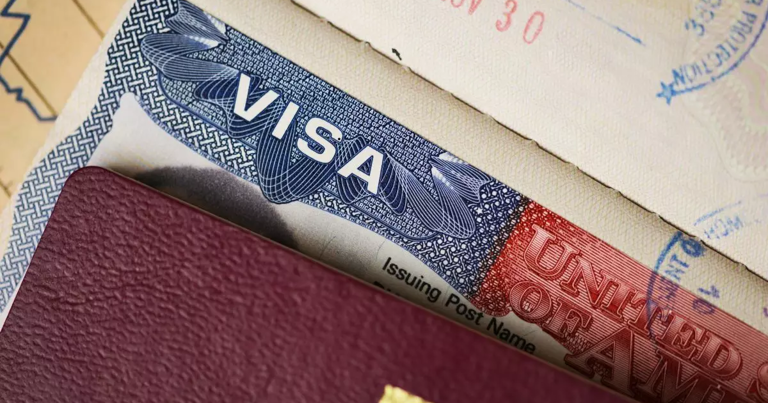Fixed stay rule — these three words have sparked anxiety among international students, especially the 4.2 lakh Indians currently enrolled in US universities. For decades, Indian students have chosen the United States not just for its world class education but also for the predictable visa system that allowed them to stay for the duration of their studies without the fear of visa expiry. Now, a proposed change by the US Department of Homeland Security (DHS) threatens to alter that comfort.

What the fixed stay rule means
Under the current system, students holding F, J, or I visas can stay in the US as long as they maintain full time enrollment in approved academic programs. This flexible arrangement is called “duration of status.” The new fixed stay rule, however, proposes to replace this system with a set expiration date on student visas. This means students would need to apply for extensions, even if they are still completing their courses.
Legal experts warn that this could create a lot of uncertainty. Rajiv S. Khanna, managing attorney at Immigration.com, points out that extension requests can take months to process. This could add financial burden and stress for students, forcing them to navigate more paperwork and long waiting periods while trying to focus on their studies.
Why Indian students are most affected
Indian students form the largest group of international students in the US. According to data from US Immigration and Customs Enforcement (ICE), 4.2 lakh Indians were enrolled in American universities in 2024 alone. The fixed stay rule could disrupt their academic timelines and future plans. The Indo US education corridor, which has been growing stronger over the years, could also feel the impact if students start looking at other countries for higher education.
This rule is not entirely new. The Trump administration tried to introduce a similar policy in 2020, but it did not move forward. Its return now has raised concerns about stricter visa rules making a comeback.
Legal complications and risks
The fixed stay rule could also change how unlawful presence is counted. At present, international students do not accrue unlawful presence unless an official decision is made by immigration authorities. Under the proposed rule, if a student overstays the fixed period — even by mistake — they could be considered unlawfully present from the day their visa expires. This could have serious consequences for future visa applications or reentry into the US.
Universities push back against the rule
Universities and colleges across the US have voiced strong opposition to the fixed stay rule. They argue that the proposal is based on exaggerated claims about student overstays. In fact, the overstay rate for F, M, and J visa holders was only 3.6 percent in 2023. Many institutions worry that this move could make the US less appealing to international students, especially when countries like Canada, Australia, and the UK are working to attract more foreign talent through student friendly visa policies.
Adding to the concern is the possibility that the DHS might skip the usual public comment period and implement the rule immediately as an interim final rule. This would leave universities and students with little time to prepare for the change.
A major shift in the US education promise
The fixed stay rule signals a significant shift in how the US may treat international academic talent. What was once a system that supported academic growth and progress could soon be governed by strict expiration dates and repeated visa applications. For many Indian students and their families, this change could push them to consider other countries for their higher education dreams. As the final version of the rule is awaited, it is clear that the future of studying in America may soon look very different.
ALSO READ
UPSC Current Affairs Quiz : 28 June 2025
CUET UG 2025 Result: Understanding NTA’s Normalisation Process for Fair Scoring